Tree Protection On Construction Sites – Preventing Tree Damage In Work Zones
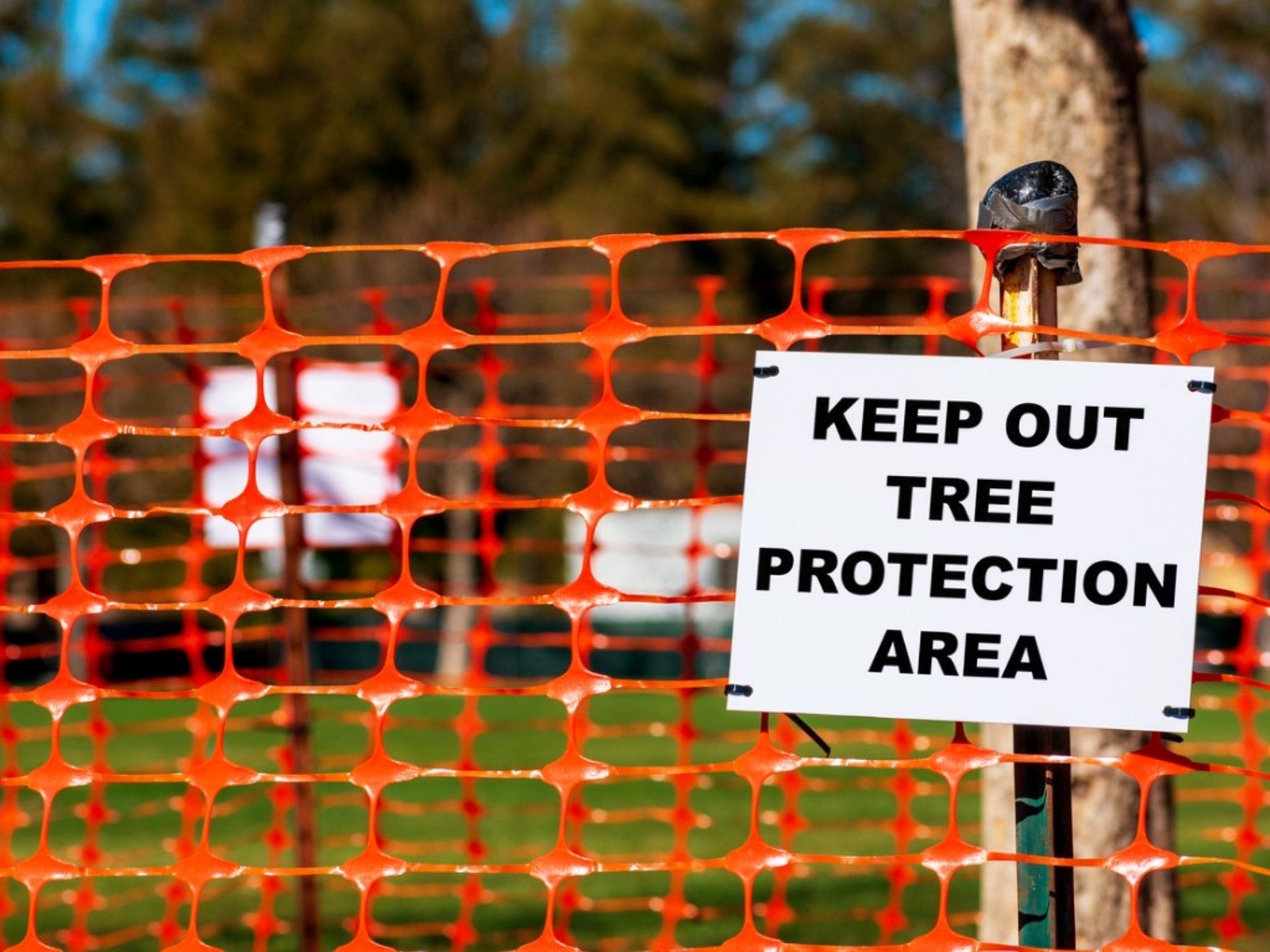

Construction zones can be dangerous places, for trees as well as humans. Trees cannot protect themselves with hard hats, so it’s up to the homeowner to make sure nothing occurs to injure a tree’s health in work zones. Read on for tips for protecting trees from construction damage.
Tree Protection during Construction
Did you build your home near mature trees to take advantage of their beauty and aesthetics? You are not alone. Many trees take decades to develop the strong deep roots and attractive canopies they attain at maturity.
Unfortunately, the trees you want near your home are at risk during construction. Preventing tree damage in work zones is a matter of planning carefully and working closely with your contractor.
Preventing Tree Damage in Work Zones
Trees are at risk when construction work goes on around them. They can suffer many different types of injury. Use these tips to help prevent this damage.
Trunks and Branches
The equipment used during construction can easily injure a tree’s trunk and branches. It can tear into the bark, snap branches, and open wounds in the trunk, allowing in pests and diseases.
You can and should emphasize to the contractor your intention to ensure tree protection during construction. In addition, you’ll need to take action to enforce this mandate. Erect sturdy fencing around each and every tree. Place it as far out from the trunk as possible and tell construction personnel to stay out of the fenced areas and to keep all construction materials out.
Tree Roots
The tree’s roots are also at risk when work includes digging and grading. Roots can extend out three times as many feet as the tree is tall. When construction crews sever a tree’s roots close to the trunk, it can kill the tree. It also limits the tree’s ability to stand upright in winds and storms.
Gardening tips, videos, info and more delivered right to your inbox!
Sign up for the Gardening Know How newsletter today and receive a free copy of our e-book "How to Grow Delicious Tomatoes".
Tell your contractor and crew that the fenced areas are out of bounds for digging, trenching, and every other type of soil disturbance.
Soil Compaction
Trees require porous soil for good root development. Ideally, the soil will have at least 50% pore space for air and irrigation. When heavy construction equipment passes over a tree’s root area, it compacts soil dramatically. This means that the root growth becomes inhibited, so water cannot penetrate as easily, and the roots get less oxygen.
Adding soil may seem less dangerous, but it, too, can be fatal to the tree roots. Since most of the fine roots that absorb water and minerals are near the soil surface, adding a few inches (8 cm.) of soil smothers these important roots. It can also result in the death of larger, deeper roots.
The key to protecting tree roots in construction zones is constant vigilance. Make sure the workers know that no additional soil can be added to the fenced areas protecting the trees.
Removing Trees
Protecting trees from construction damage also pertains to tree removal. When one tree is removed from your backyard, the remaining trees suffer. Trees are plants that thrive in a community. Forest trees grow tall and straight, producing high canopies. Trees in a group protect each other from winds and scorching sun. When you isolate a tree by removing neighboring trees, the remaining trees are exposed to the elements.
Protecting trees from construction damage includes forbidding the removal of trees without your permission. Plan around existing trees rather than removing any of them when at all possible.

Teo Spengler is a master gardener and a docent at the San Francisco Botanical Garden, where she hosts public tours. She has studied horticulture and written about nature, trees, plants, and gardening for more than two decades. Her extended family includes some 30 houseplants and hundreds of outdoor plants, including 250 trees, which are her main passion. Spengler currently splits her life between San Francisco and the French Basque Country, though she was raised in Alaska, giving her experience of gardening in a range of climates.
-
 Terrifically Tubular Flowers For Hummingbirds: 9 Tube-Flowered Plants To Attract Hummers
Terrifically Tubular Flowers For Hummingbirds: 9 Tube-Flowered Plants To Attract HummersGrowing tubular flowers for hummingbirds helps you create the optimum feeding conditions for your winged friends. Here are nine tubed delights for hummers
By Tonya Barnett
-
 How To Grow Hydroponic Tomatoes For Fresh Indoor Harvests – No Soil Required
How To Grow Hydroponic Tomatoes For Fresh Indoor Harvests – No Soil RequiredLearning how to grow tomatoes in water is easy and allows you to harvest fresh-home-grown produce in every season without any mess.
By Ellen Wells
-
 Best Trees For Carbon Sequestration And Climate Change
Best Trees For Carbon Sequestration And Climate ChangeLet’s keep planting trees. They are our best bet for capturing carbon and may help with our global warming issues.
By Teo Spengler
-
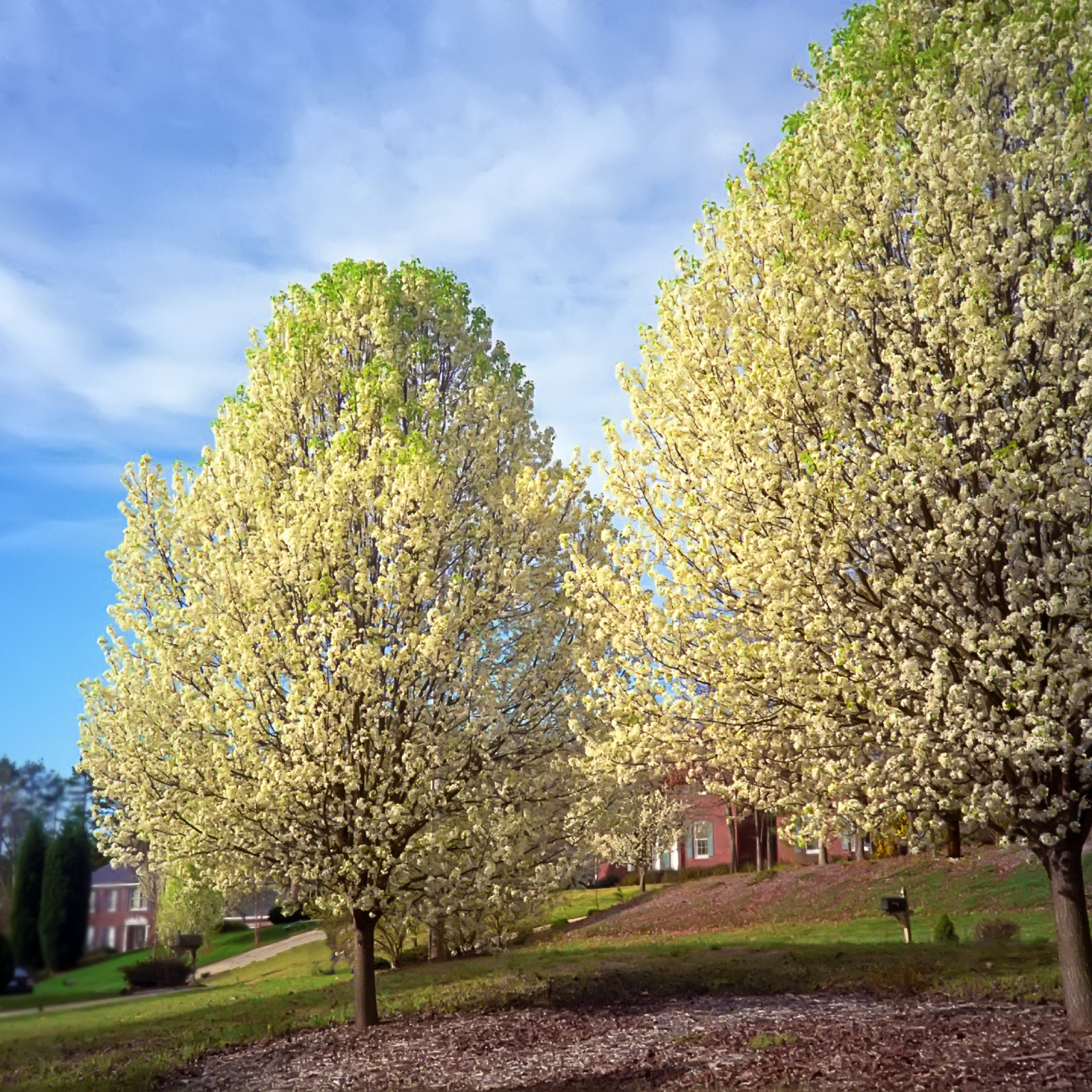 7 Invasive Trees You Should Never Plant In Your Yard Or Garden
7 Invasive Trees You Should Never Plant In Your Yard Or GardenWhat are some invasive trees you should never plant in your yard? Click here to find out.
By Teo Spengler
-
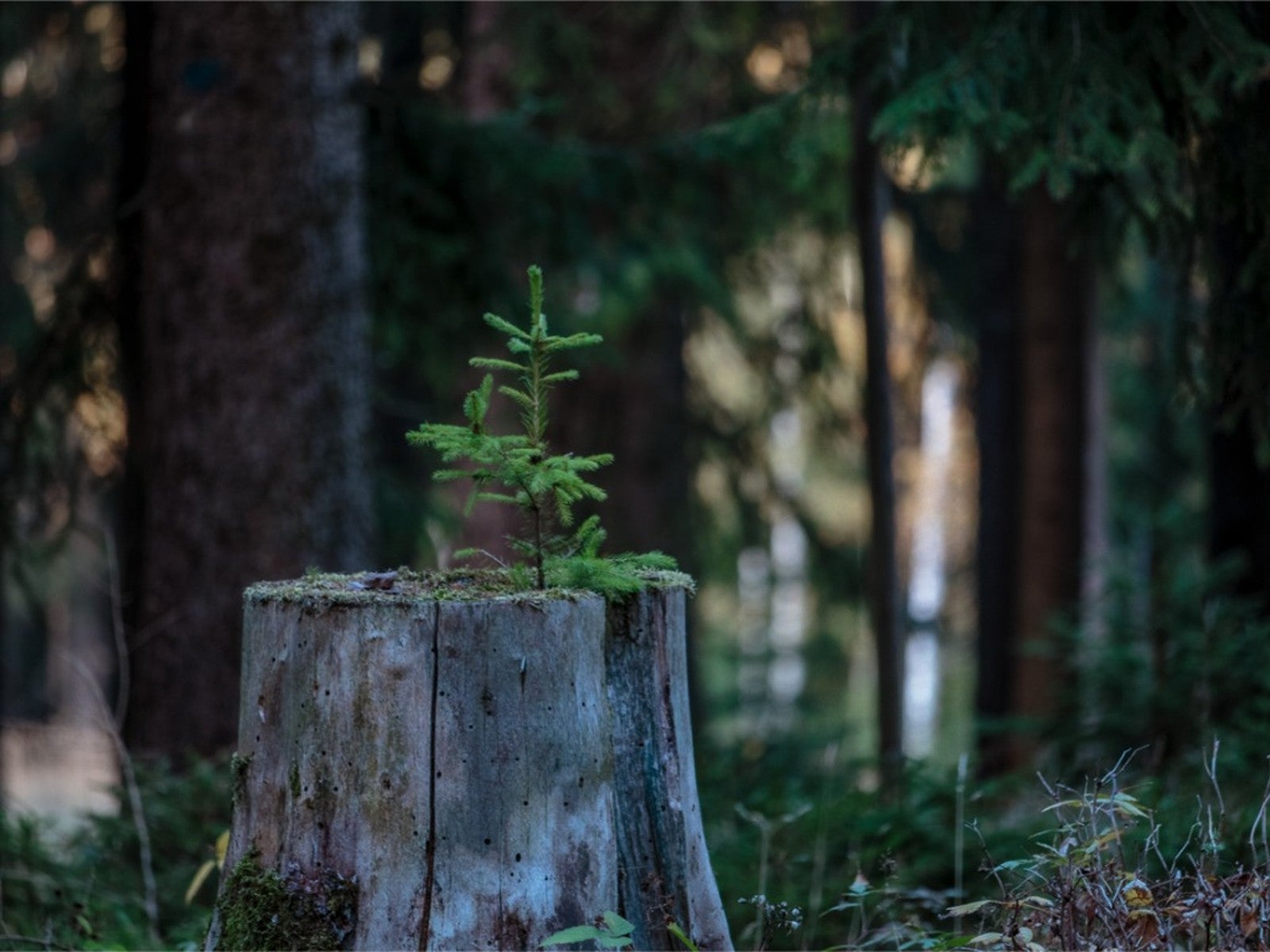 How Close Can You Plant A Tree To A Stump?
How Close Can You Plant A Tree To A Stump?Looking to plant new trees near old stumps or where stumps have been removed? Click here to learn how.
By Teo Spengler
-
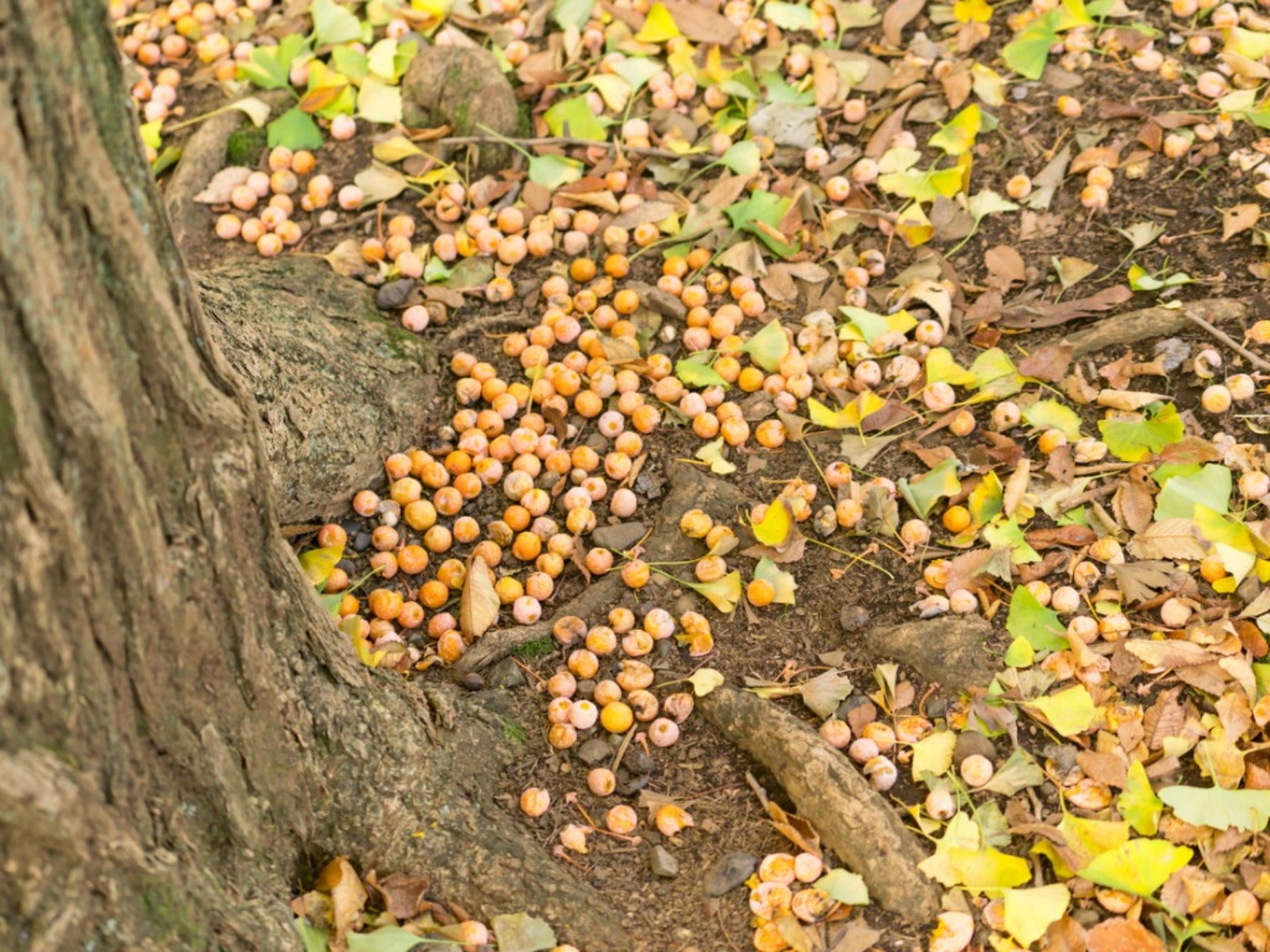 Messiest Trees That Drop Debris Everywhere
Messiest Trees That Drop Debris EverywhereWant to know which trees will create the biggest messes in your home landscape? Click here to find out.
By Amy Grant
-
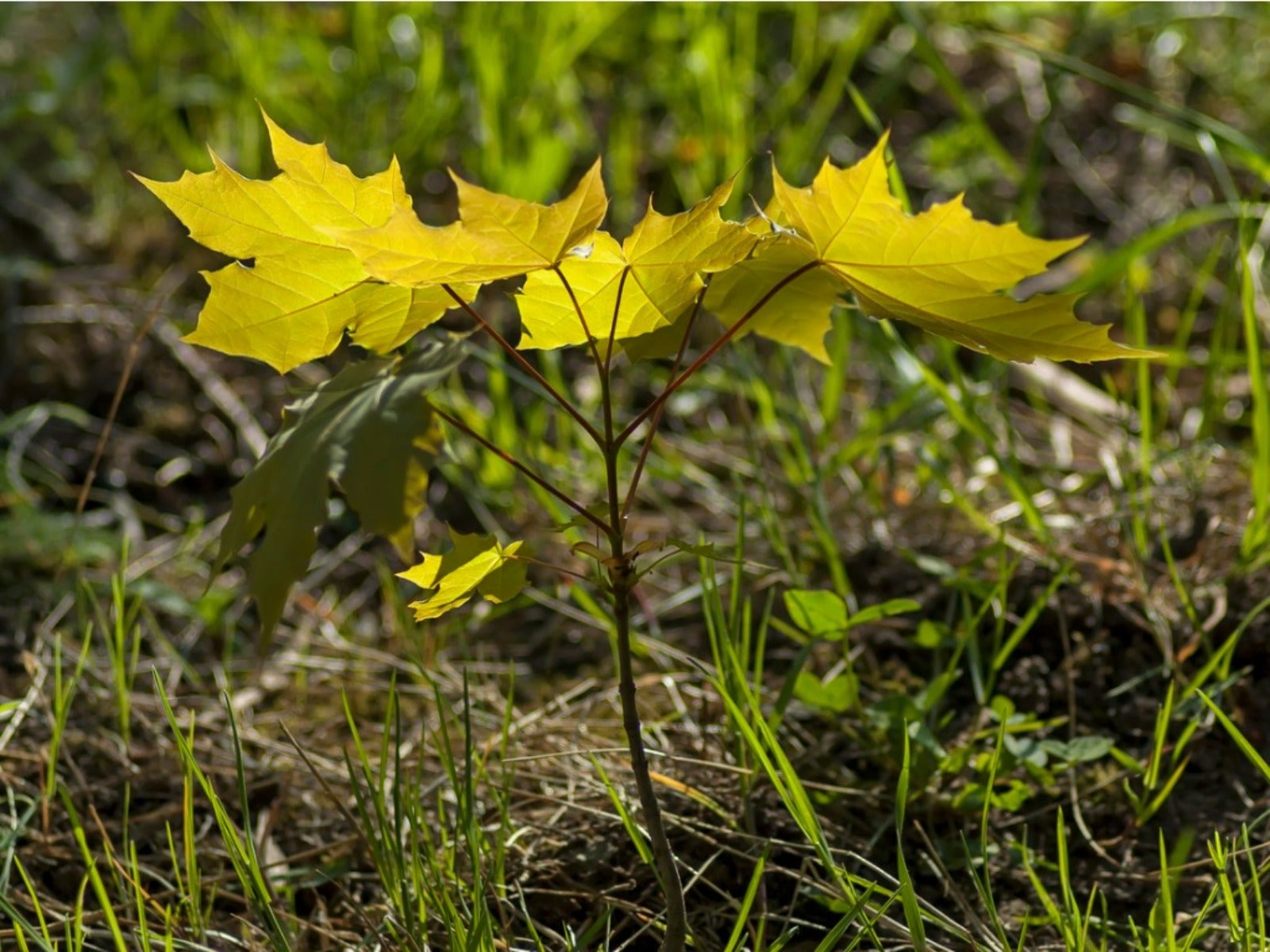 How To Get Rid Of Tree Sprouts In The Yard From Nearby Trees
How To Get Rid Of Tree Sprouts In The Yard From Nearby TreesLearn the simple way to keep pesky tree seedlings in your lawn from becoming saplings.
By Teo Spengler
-
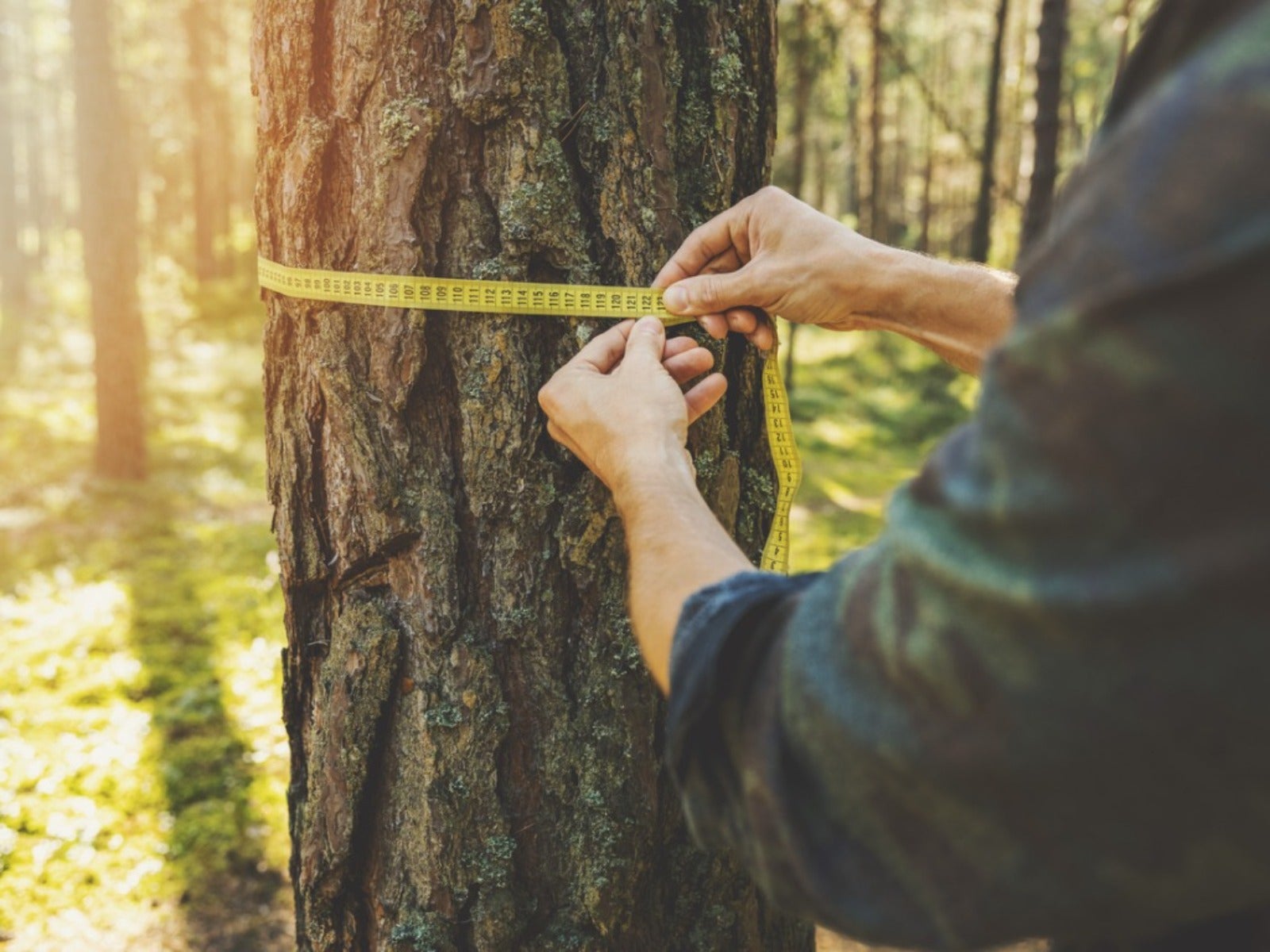 How To Tell How Old A Tree Is
How To Tell How Old A Tree IsEver wondered how to calculate the age of a tree? Click here to learn all about it.
By Teo Spengler
-
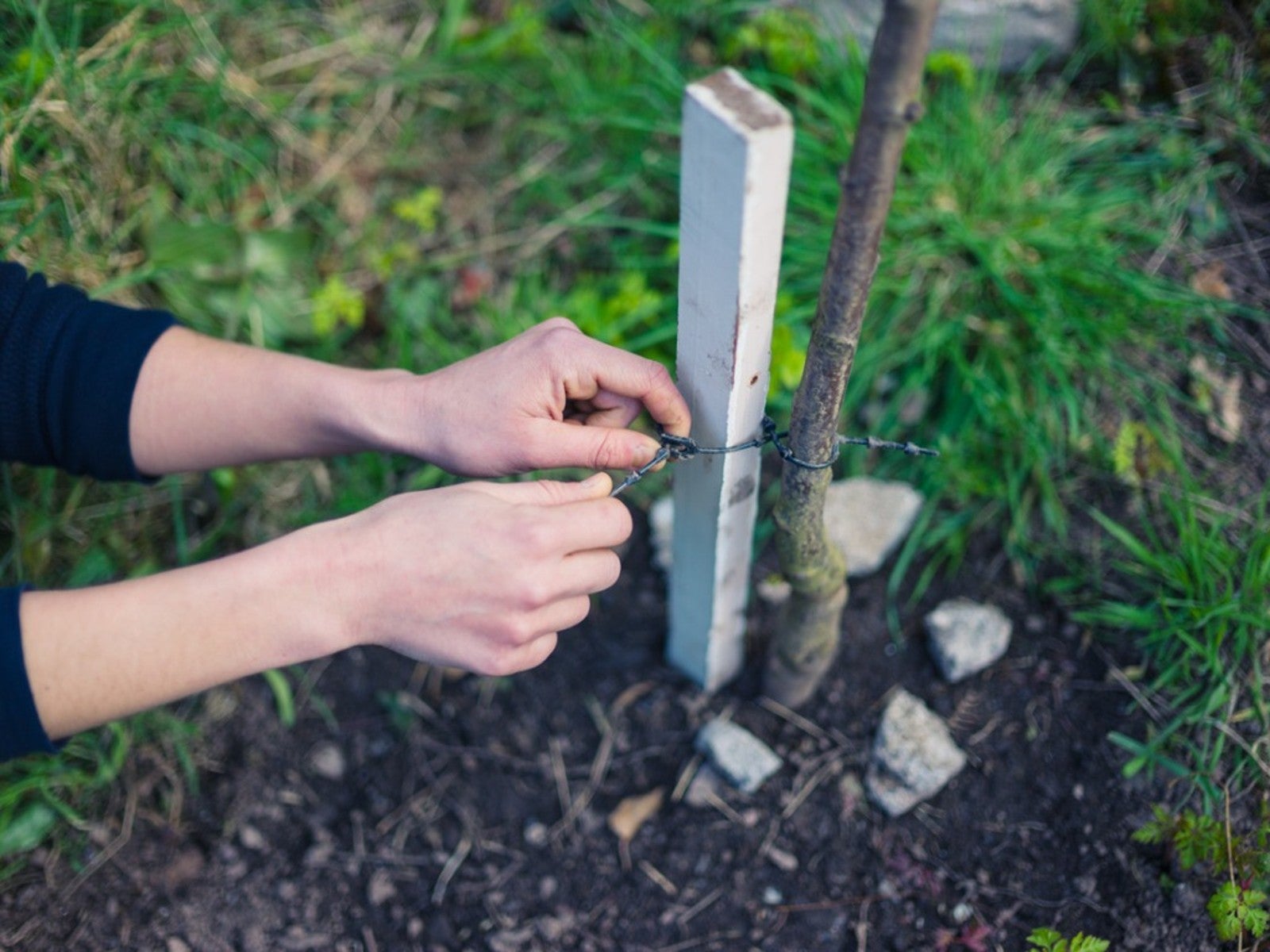 When To Remove Tree Stakes From Saplings
When To Remove Tree Stakes From SaplingsA newly planted tree may grow strong when it’s staked, but don’t forget to remove the stakes when it’s stable.
By Teo Spengler
-
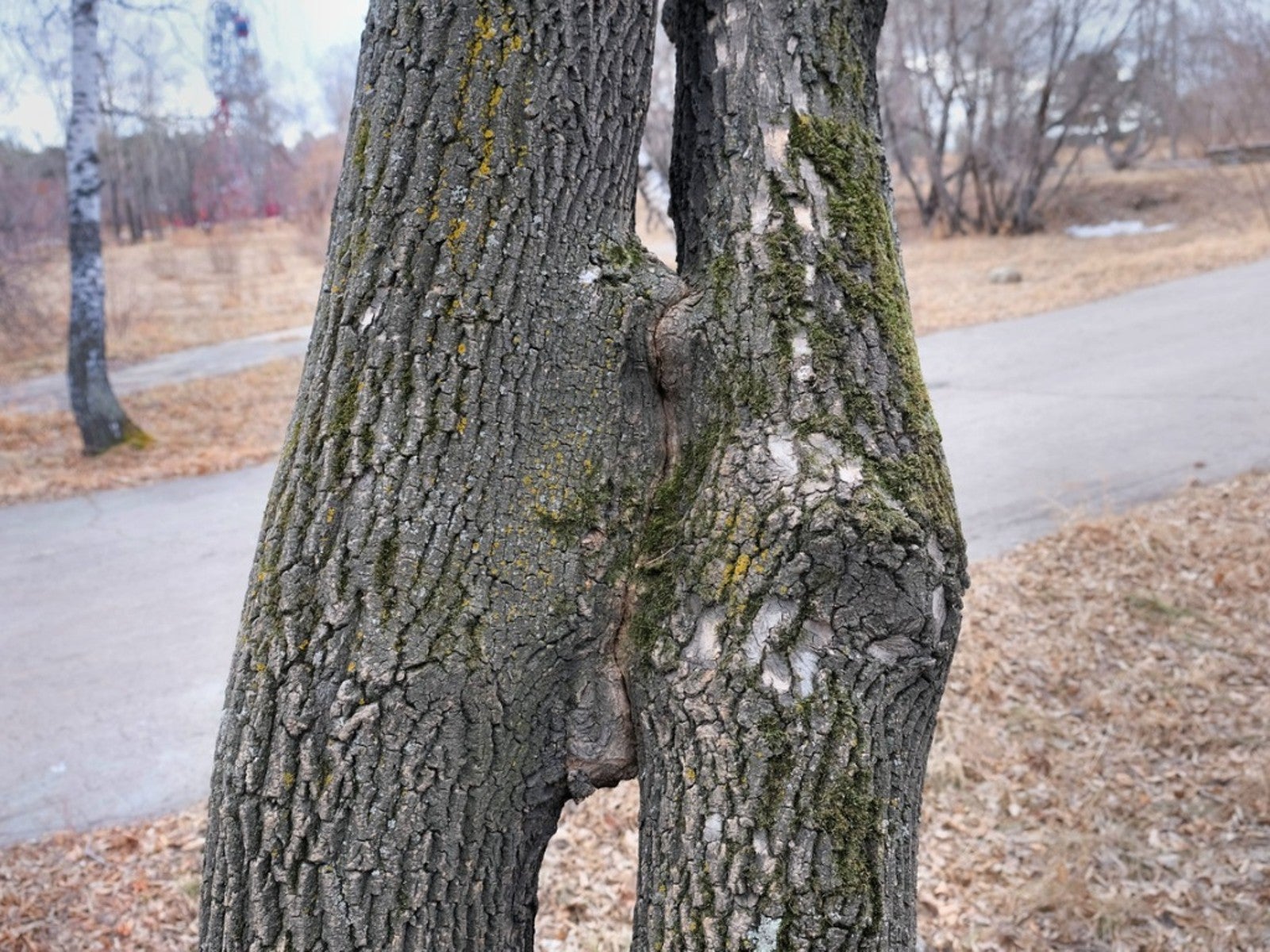 Inosculation And Trees Growing Together
Inosculation And Trees Growing TogetherIf you ever see two trees that have bonded and grown together, read here to learn why and how it happens.
By Teo Spengler